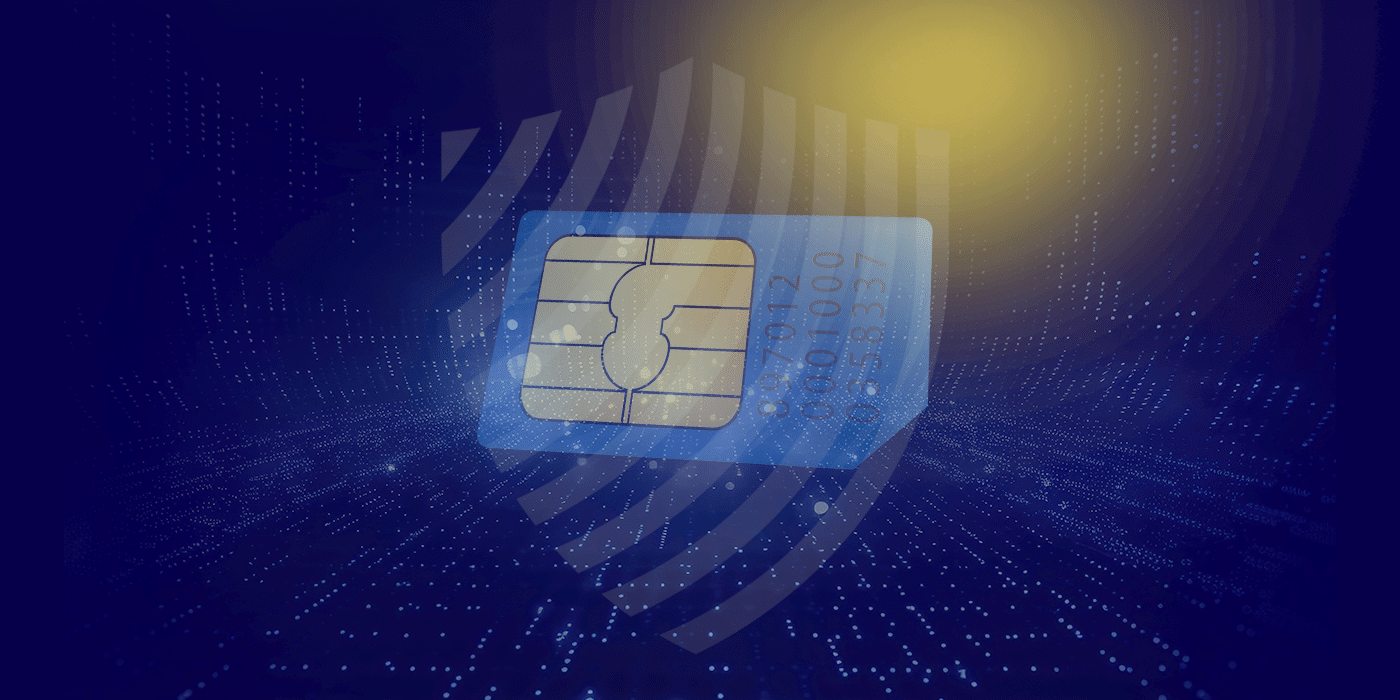Over the past few years, manufacturers have advanced the camera capabilities of their smartphones considerably. The first phones featured a single camera lens on the back of the phone. Soon after that, manufacturers started placing a camera on the front of the phone.
Now, manufacturers have begun placing dual cameras on the back of the phone, much to the pleasure of those who need to verify holograms on ID documents. As multi backside camera devices become more prevalent, hologram authentication methods will become more accessible and reliable.
Why Did Manufacturers Begin Adding Multiple Cameras?
In a race to provide users with the best features, manufacturers have focused on photography. It’s easy to see why. Consider information from InfoTrends, who once estimated people would take one hundred billion more photos in 2017 than they did in 2016. They also predicted that users would use smartphones to take roughly 85 percent of these digital pictures.
Multi-cameras provided users with low-light performance and high-definition resolution previously unseen in a smartphone. The cameras also allow users to take super-resolution images. To create these images, the camera uses software algorithms to piece together multiple low-resolution photos.
Because there is very much a trickle-down effect with technology, experts believe that within a couple of years, less expensive models will also feature multi-camera technology. As more people gain access to multi-camera devices, so too will they gain access to reliable hologram authentication technology.
It also appears that the researchers are already working to surpass the level of technology currently available. For instance, RED is still working on a holographic smartphone, known as the Hydrogen One. In designing this phone, RED partnered with Lucid, a 3D virtual reality camera company that produces an 8K prosumer camera. The camera plans to allow users to shoot holographic content while using the phone as the viewfinder.
How Do Dual Cameras Work?
The dual cameras in today’s smartphones house have different cameras modules and lenses. The phones contain a low-aperture, wide-angle lens and a longer lens. The former is beneficial for gathering even details, while the latter is best for shooting images far away. When users take a picture, both lenses capture a photo at the same point in time.
The software in the camera then runs algorithms that allow it to combine the best features of both images while also removing the worst. The concept is very similar to HDR photography, although having access to two phones simplifies the process exponentially.
Why Dual-Cameras Make Holograms More Reliable
Dual-cameras make hologram-scanning technology more reliable because of both the hardware and software in the phones. Hologram technology is based on the same reconstruction of camera images that allows smartphones to craft dual-camera photos automatically. Thus, the technology needed to verify holograms is already built into the cameras.
Furthermore, the dual-lenses allow authenticators to analyze and verify all aspects of a hologram. Previous hologram detection models required the ID to be placed on a surface that contained multiple LEDs on the same horizontal plane. The dual-layer hologram would stand out when stationed on a uniform background. The dual cameras allow up-close detail in low-light situations, making the cameras an excellent choice for hologram verification.
Why Is There A Need For Reliable Hologram Authentication?
Andreas Hartl, Clemens Arth, and Dieter Schmalstieg recently released a report titled, AR-Based Hologram Detection on Security Documents Using a Mobile Phone. In it, the trio explained how those in need of authentication could use a smartphone to verify security documents that used a photo ID, such as:
• ID Cards
• Passports
• Banknotes
In it, they say that the current technology is not ideal for those pressed with time, such as a cashier. Furthermore, the article states that officials using hologram detection methods, such as airport agents, must undergo considerably training to detect fraudulent documents. The report notes, “This causes significant cost and still cannot prevent errors by the human operator due to fatigue.” This, in summary, proves that today’s methods are not reliable and fool-proof.
However, dual-camera smartphones provide everyone with technology that addresses the two critical issues of hologram verification, accessibility, and reliability. Now, hologram verification is accessible for those pressed for time. All these individuals must do is scan the ID with a phone, at which point an algorithm can quickly verify the hologram. Individuals will not need to scour over a document to determine its validity. The cameras allow for an instant answer.
Furthermore, the hardware and software of the phone ensure that the results are reliable. Dual-camera smartphones take the guesswork and human error out of the equation. No matter your need for hologram verification, you should be excited knowing that instant hologram verification is right around the corner. Of course, it will be interesting to monitor how these trends develop over time with the introduction of more advanced technology.







